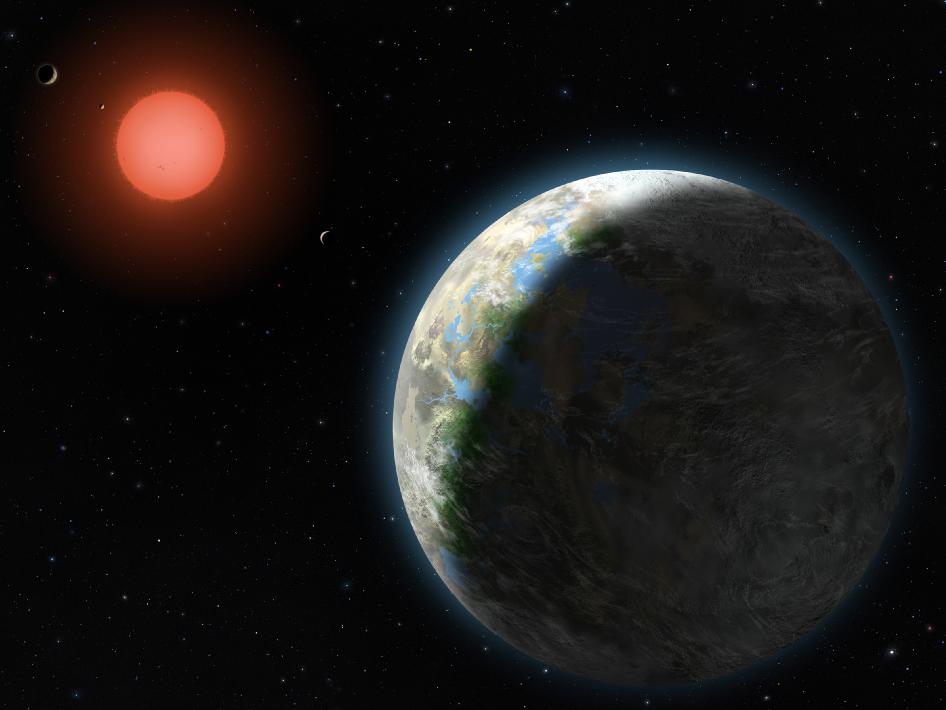

Interstellar travel won’t be possible for at least 200 years, according to a former NASA propulsion scientist who has some new calculations. And by then, the spaceships we would design for the trip will be obsolete.
Forget cost, political will and all the other variables — simply obtaining enough energy will take until 2196, according to Marc Millis, former head of NASA’s Breakthrough Propulsion Physics Project and founder of the Tau Zero Foundation, which supports interstellar travel research.
Millis did plenty of extrapolating to reach this conclusion, which he presented at an astronomy meeting in Prague last fall and posted to the physics archive this week. He crunched 27 years of data on energy trends, mission energy requirements, individual energy use and even societal priorities, and chose two possible trips: An aimless interstellar colony ship, and a 75-year-long mission to Alpha Centauri.
Millis examined the energy required to launch the space shuttle during the past 30 years, which is a fraction of the nation’s total available energy. He assumes the same ratio will hold for interstellar flight, as Technology Review’s arXiv blog explains.
For a 500-person ship on a one-way journey, Millis figures you would need at least an exajoule — that’s 1018 joules — which is just a little bit less than all the energy consumed by the entire world in one year. For an unmanned ship destined for Alpha Centauri, you would actually need more energy, because you’d want to slow it down upon arrival at our nearest neighboring star. This would require 1019 joules. Even without accounting for fuel, the 500-passenger ship wouldn’t be able to launch until around 2200 at the earliest, and the A. Centauri probe won’t be ready until around 2500.
Millis’ math is actually more optimistic than other studies, which have suggested you would need 100 times the world’s total energy output to cover that distance.
Still, it means we all have to live vicariously through Voyager for at least the next few generations.
